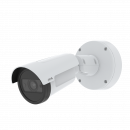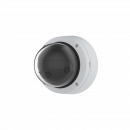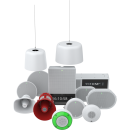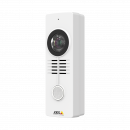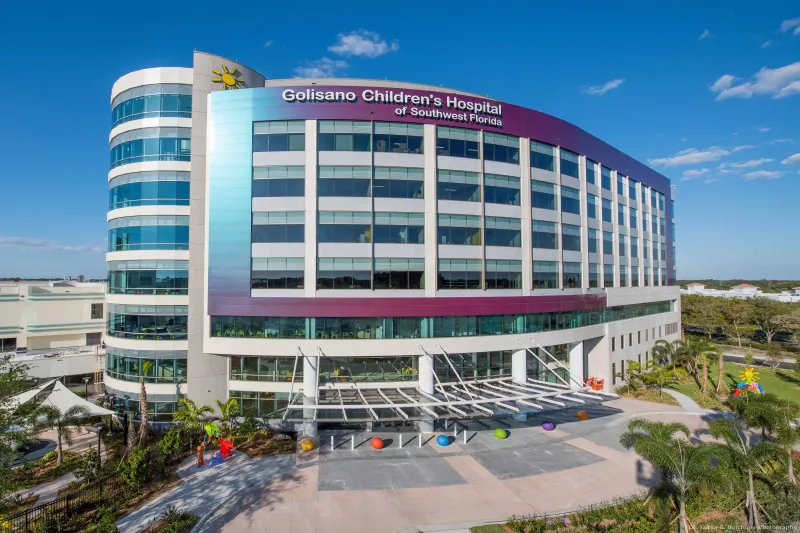
Hospital system relies on intelligent surveillance
Lee Health integrates Axis network cameras, network video intercoms, horn speakers, and strobe/sirens to improve patient and staff safety, prevent drug diversion, and deter trespassing.
Analyzing benefits of a network security system
When Lee Health began construction of its new pediatric hospital, one of the priorities was to integrate medical excellence with advanced security technology to provide young patients with an exceptional level of care and safety. “When we designed Golisano Children’s Hospital, we decided to forego the usual analog camera system in favor of a more feature-rich network video solution,” says Robert Sherwood, Director of Public Safety Technology for Lee Health.
Unlike the analog system employed at other Lee Health facilities, the new system supported a wealth of analytics from intelligent video searches, loitering alerts and license plate recognition to privacy masks, motion guards and aggression detection. “Once leaders at other facilities in our healthcare network saw how the new system helped with things like preventing falling risks and investigations, demand for the new technology spread like wildfire,” shares Sherwood.
I’m a huge advocate for cameras with built-in microphones and speakers and the ability to support analytics. Being able to deploy all those features in one device really streamlines installation and makes the whole solution more seamless.
Today, all six acute care and specialty hospitals and over 90 off-site clinics and skilled nursing units in the Lee Health network have migrated to the network-based solution. In addition to more than 2500 Axis cameras managed by an enterprise-level Genetec video management system (VMS), the solution integrates Axis horn speakers, sound projector speakers, video intercoms, strobe/sirens, as well as several edge-based analytics to enhance the safety and security of patients and staff.

Protecting moms and babies
Lee Health deploys some of its tightest security measures around its maternity and pediatric wards. “One of the first analytics we activated with our new security cameras was AXIS Loitering Guard,” says Sherwood. “It alerts our dispatch center to anyone lingering outside the doors trying to piggyback into the unit or hanging out in the stairwells that lead to the ward.”
In addition to alerting security, the analytics also triggers a pre-recorded message to broadcast from an Axis network horn speaker in the hallway or stairwell outside the ward informing the loiterer that they’ve been detected.
If an infant protection alarm goes off, the hospital relies on the Genetec VMS to initiate a threat level and trigger camera views of the location to pop up on the monitor at the dispatch center. “This allows security to see what’s going on as they dispatch officers to the scene and continue monitoring events as they unfold,” states Sherwood.
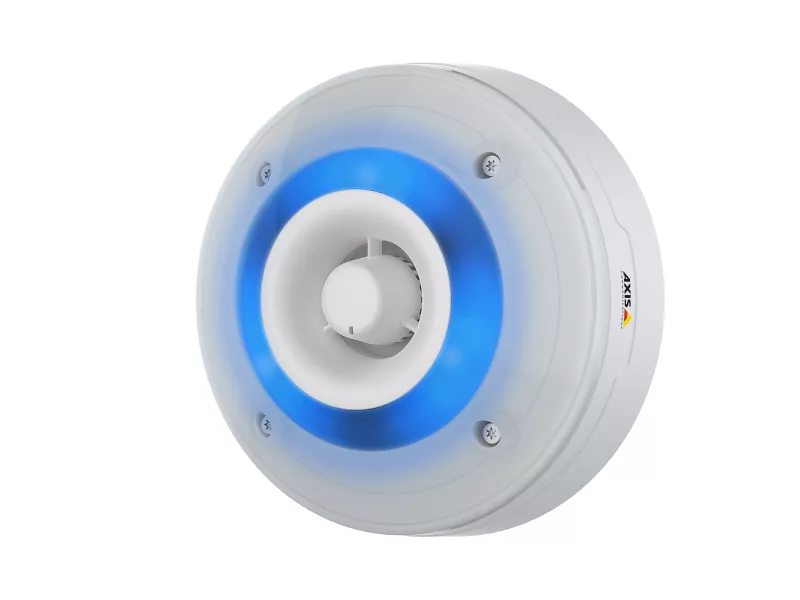
To avoid confusion between all the different alarms they hear on a typical day, Lee Health also incorporated Axis network strobe sirens into their security system to help staff quickly distinguish an infant protection alarm from a beside alarm, fire alarm or door held open alarm. “The strobe-siren allows us to program different light colors for different states of alarm,” explains Sherwood. “When there’s no active alarm, the light is green. If there's a tag and field, it starts slowly blinking red. And if someone tries to either enter a door that they didn't have access to and force their way out, or they cut an ID band off of a baby, it goes into a critical state where it starts strobing red quickly and it triggers an audible alarm from the device’s siren component.”
Monitoring patients in crisis
Another area for heightened security is in the Emergency Department lobby. “We couple our Axis cameras with an aggression detection analytic from Sound Intelligence,” states Sherwood. “The analytic will set off the alarm when combative patients are brought in via ambulance giving us an early warning. That way our officers can de-escalate the situation much sooner than if we waited for the nurse to call security after the situation has reached a boiling over point.”
Because patients with behavioral health issues often require constant monitoring, Lee Health designates specific rooms equipped with video cameras for their care. Patients are informed by clinical staff that the area is under surveillance and there is signage on the main doors of the hospital facility indicating the same. “The cameras are solely used for live monitoring purposes,” reassures Sherwood. “Nothing is being recorded.”
In most instances wherever we put a panic button, we put a camera so that security can immediately see what’s going on and respond quickly with the right resources to handle the situation.
The hospital also employs AXIS Live Privacy Shield, a dynamic masking analytic that blurs out the patient’s features. “A lot of these agitated patients feel uncomfortable seeing a camera in the room,” says Sherwood. “The privacy screen helps allay their concern that we’re invading their privacy.”
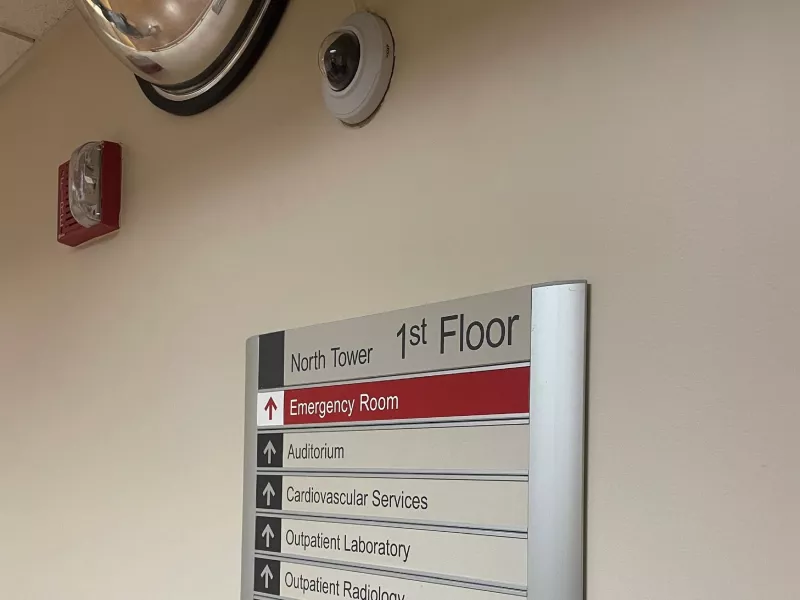
Safeguarding drug dispensaries
In many Lee Health facilities, pharmacies and Pyxis medication dispensing machines are monitored by Axis cameras and analytics to safeguard their contents and prevent drug diversion – especially Class 1 narcotics. While not all pharmacies and machines are covered today, work ongoing to achieve 100% coverage soon.
“We put a panoramic AXIS P38 Network Camera over every Pyxis to record what drugs staff are removing from the machine,” shares Sherwood. “If a report indicates any missing or unaccounted for drugs for a particular machine, we can review the video to see if a specific employee did something they shouldn't have done.”
Sherwood adds the Sound Intelligence aggression detection analytics to the Axis cameras at network pharmacies to protect pharmacists and dispensary staff from confrontational patients. “If someone becomes belligerent or threatens one of our pharmacists, we get an immediate notification,” says Sherwood.
When the analysts detect an aggressive voice pattern it triggers an alert in the dispatch center. Staff can look at the live feed from nearby cameras and send an officer to handle the situation.
Controlling access to restricted parking
For staff convenience, Lee Health maintains separate employee-only parking garages and lots. As a safety precaution, they installed AXIS P14 Series Cameras equipped with AXIS License Plate Verifier at the gates to bar unauthorized visitors from entering.
“The camera reads the plate and if the license is enrolled in our credentialing system, the gate automatically opens,” says Sherwood. “If they’re using a different vehicle that day, we need to verify their identity before they can gain entry.” For that reason, Lee Health also deployed Axis network video intercoms at the gates so employees can call security, show them their ID badge, and request entrance.
“We also employ the license plate reading analytics at the three entrances to our children's hospital,” states Sherwood. “If we have a problem with a disgruntled patient or visitor and we’ve been able to capture their license plate number, we can enter that number into our system as a “deny entry” alert. So, when they come back onto our property, the license plate reader will trigger an alarm at our dispatch center with a message that the person isn’t allowed on our property."
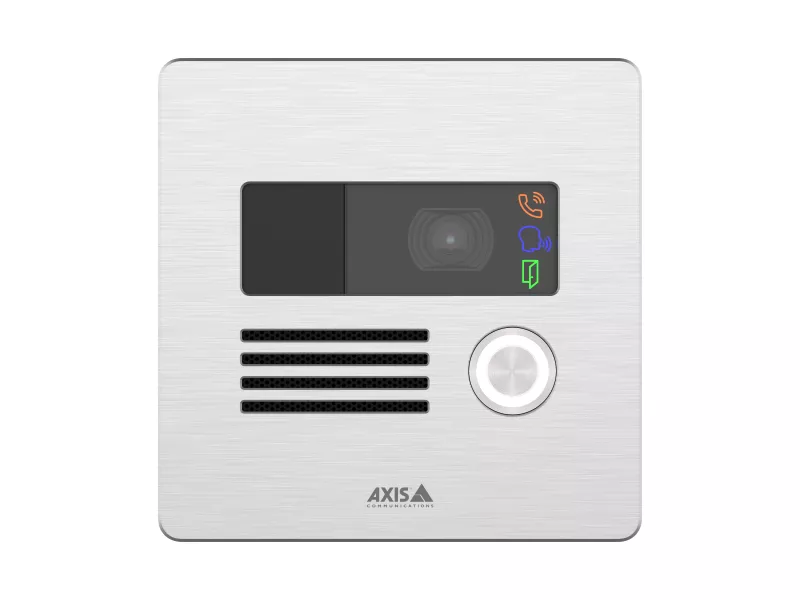
Automating after-hours assistance
Lee Health typically locks the main entrance to its facilities at 8 p.m. Yet there are always people who try to come through those doors after hours. “We put Axis network video intercoms at those doors to redirect to them to the Emergency Department entrance that’s open 24/7,” says Sherwood.
When a visitor approaches the front door intercom, the motion sensor triggers an audio clip that tells them to please use the nighttime entrance. “If they ignore the message and push the intercom, a public safety dispatcher will come on the line and redirect them to the side entrance,” explains Sherwood. “Or in case of an emergency, send a security officer to the door to let them it.
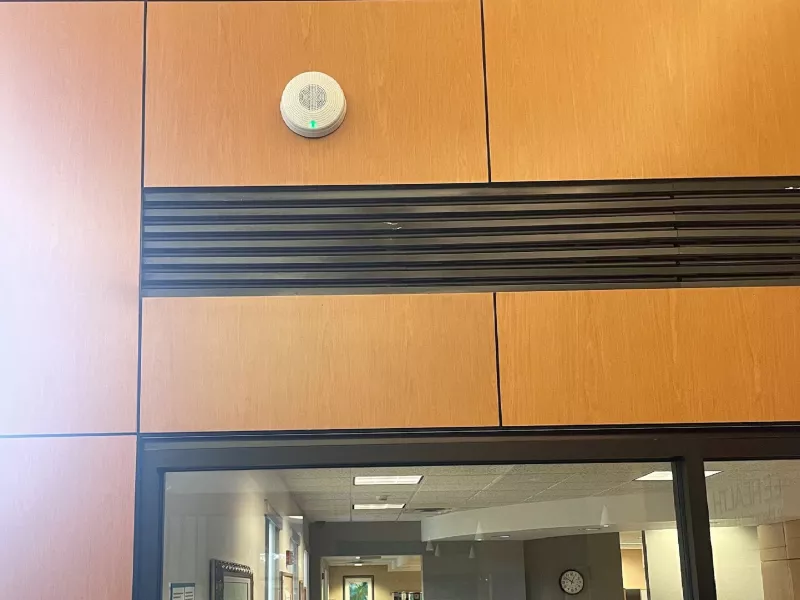
Preventing vandalism, trespassing, and squatting
Rather than step up nighttime patrols at their properties to prevent vandalism, trespassing, and squatting, Lee Health relies on a combination of Axis technologies to detect and deter trespassers. “All of our outside cameras are equipped with AXIS Motion Guard software that sends an alert to our dispatch center when it detects an intruder entering the area,” says Sherwood. “We couple that with Axis network sound projector speakers to automatically broadcast a warning to vacate the premises.”
Indoors, Lee Health couples the intelligent cameras with the Axis network mini speaker. “The passive-infrared sensor on the speaker alerts us to people trying to sneak someone in through a locked entrance or anyone wandering into areas where they shouldn’t be,” says Sherwood. “We’ve pre-programmed different messages to broadcast automatically depending on the circumstances.”
If the person ignores the pre-recorded message, the response escalates to someone at the dispatch center coming on live through the speakers and warning the individual that that law enforcement has been contacted.
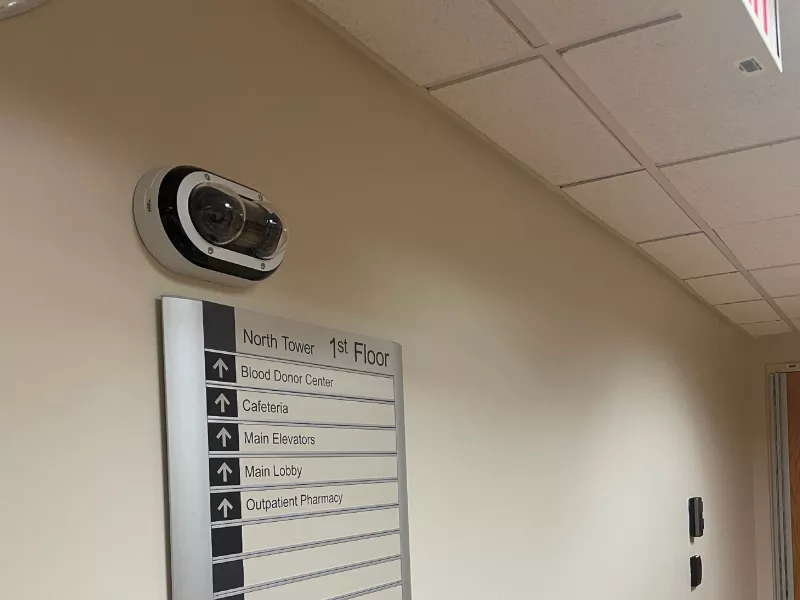
Exploring telehealth and other camera applications
Sherwood is a huge advocate for telehealth and looks to Axis technology to advance this growing trend. He’s currently exploring the possibility of mounting video monitors and Axis cameras equipped with two-way audio in patient rooms so that physicians and patients could see and converse with each other remotely instead of just during rounds.
“Right now, there are a lot of virtual monitoring carts out there that you can wheel into a room,” explains Sherwood. “But because they’re mobile, they could be used as a weapon to harm staff. A mounted solution makes for a much safer environment."
Innovative Security System Protects Patients & Staff
Lee Health manages five acute care facilities, including Golisano Children’s Hospital, and more than 90 non-acute locations. They use cutting-edge technology to ensure patient safety, maintain a secure environment, decrease workplace violence, and provide emergency response during crises. Watch the video to see how they leverage Axis network cameras, strobe sirens, and intercoms in their technology solutions.
Products & solutions

Healthcare
Our partner organizations
Get in touch
Want to know how you can benefit from Axis solutions? Get in touch and we will help you.
Contact us